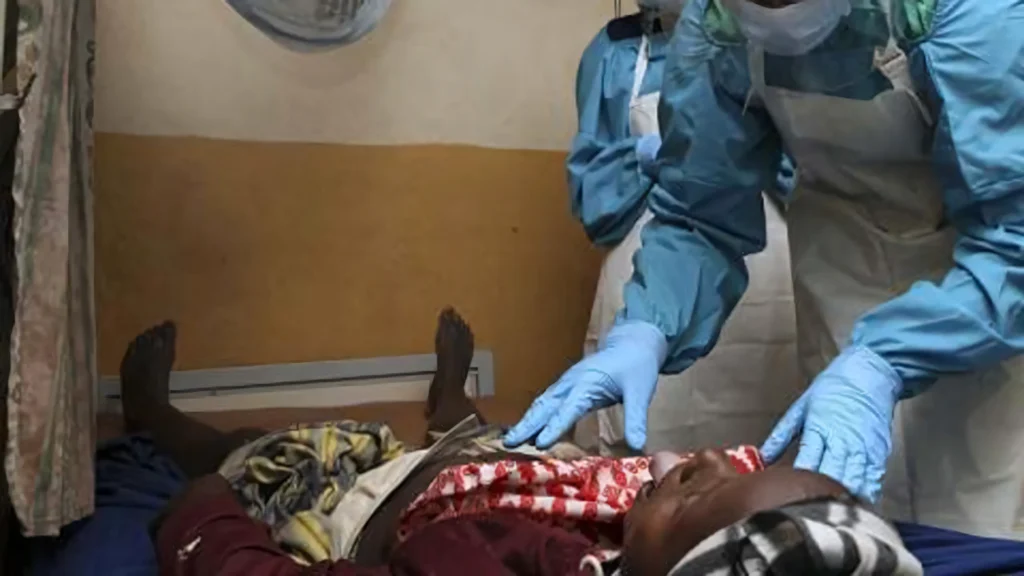Nigeria faces a renewed challenge from Lassa fever, with a rise in confirmed cases and fatalities reported by the Nigeria Centre for Disease Control (NCDC) in its latest situational report.
The report, covering the period from January to April 28th, 2024, with over 156 deaths attributed to the viral hemorrhagic fever. This translates to a case fatality rate (CFR) of 18.2 per cent, a rise from the 17 per cent recorded in the same period last year.
The outbreak has seen a total of 857 confirmed cases across the country, with a significant geographical disparity. While all 36 states have reported suspected cases, Ondo, Edo, and Bauchi states account for a staggering 63 per cent of confirmed infections.
Compared to 2023, the number of suspected cases has jumped from 5,084 to 5,963, indicating a potentially wider pool of undiagnosed infections. Public health officials are particularly troubled by the trend of late diagnosis and treatment. This not only increases the risk of complications but also contributes to the higher case fatality rate.
The NCDC report identifies several key challenges hindering the fight against Lassa fever. One major obstacle is the limited access to healthcare, particularly in rural areas. The high cost of treatment and clinical management discourages many from seeking medical attention promptly. This delays diagnosis and reduces the chances of successful treatment.
Another significant challenge is poor environmental sanitation conditions, which create breeding grounds for the multimammate rats, the primary carriers of the Lassa fever virus. Public awareness, particularly in high-burden communities, also appears to be lacking. This hinders preventive measures and early detection of the disease.
The NCDC has activated its national Lassa fever multi-partner, multi-sectoral Incident Management System at the Emergency Operations Centre (EOC) in response to the outbreak. This system aims to coordinate a comprehensive response across all levels of healthcare. However, tackling this outbreak requires a broader, multi-pronged approach.


